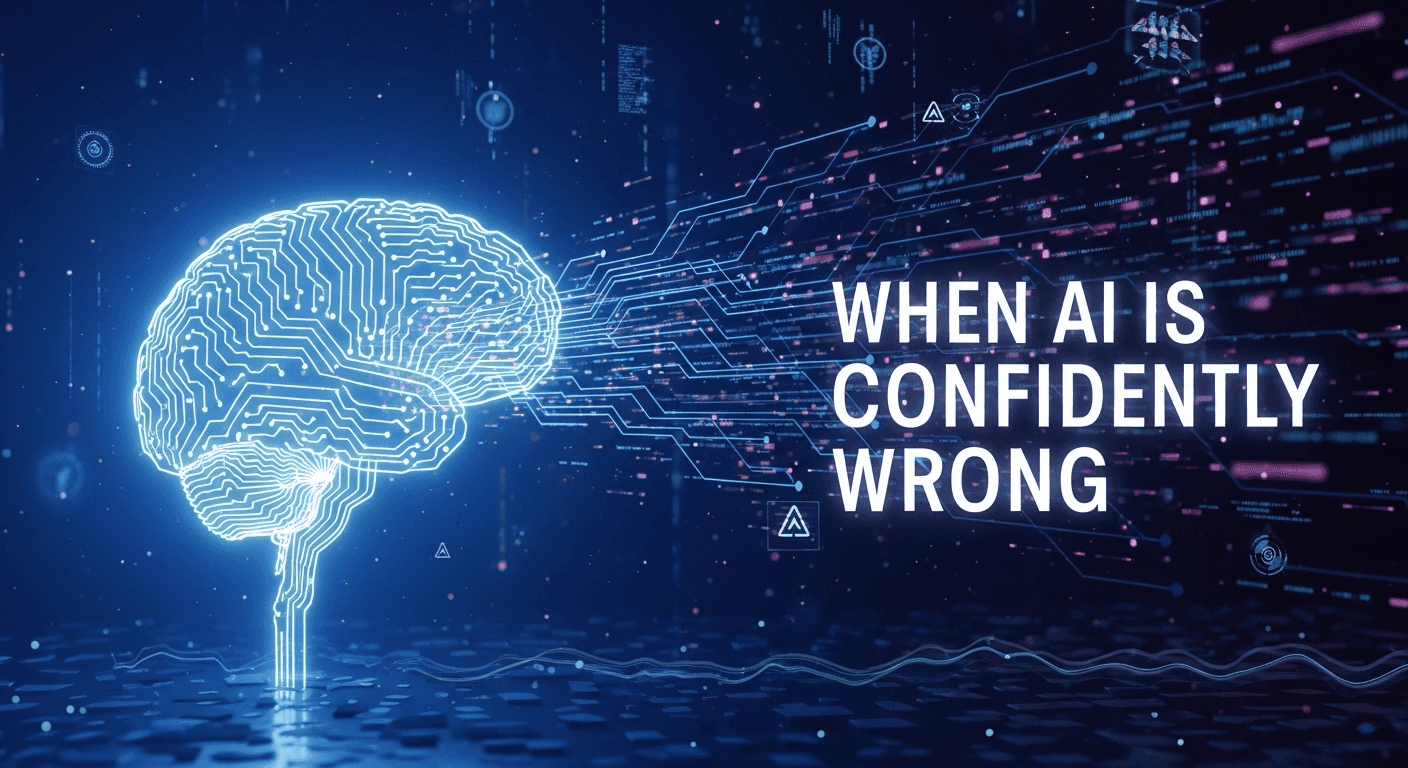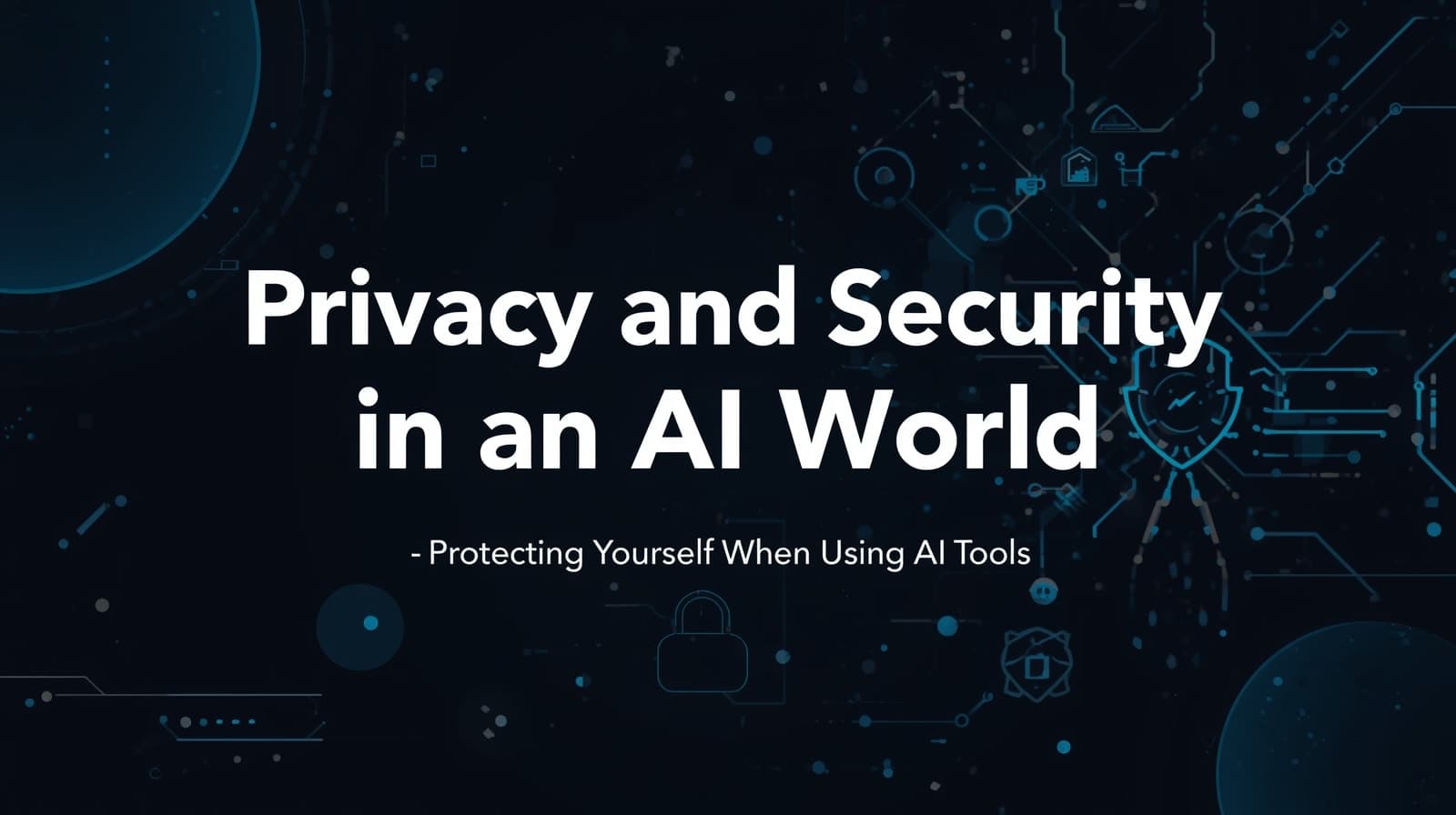How AI Actually Works (Without the Tech Jargon)
TrustByte Team
October 21, 2025

Day 2: How AI Actually Works (Without the Tech Jargon)
Introduction
Yesterday, we talked about why AI literacy matters. Today, we're answering the question everyone wonders but few dare to ask:
How does AI actually work?
Don't worry — we're not diving into neural networks, algorithms, or Python code. Instead, we're going to understand AI the way you'd explain it to a curious 12-year-old.
Because the truth is, you don't need a computer science degree to grasp the fundamentals. You just need the right analogies.
The Pattern Recognition Machine
At its core, modern AI is a sophisticated pattern recognition system.
Think of it like this: Imagine you're teaching a child to recognize cats. You don't give them a rulebook that says "cats have pointy ears, whiskers, and four legs." Instead, you show them hundreds of pictures of cats — big cats, small cats, black cats, striped cats.
Eventually, the child's brain recognizes the patterns. They can spot a cat they've never seen before because they've learned what "cat-ness" looks like.
AI works the same way, but with data instead of pictures, and math instead of intuition.
The Three Types of AI You Should Know
Not all AI is created equal. Here are the three main types you're encountering:
1. Predictive AI (The Fortune Teller)
This AI looks at historical data and predicts what might happen next.
Examples:
- Netflix predicting what show you'll watch next
- Your bank flagging a suspicious transaction
- Weather forecasting apps
- Amazon recommending products
It's asking: "Based on past patterns, what's likely to happen?"
2. Generative AI (The Creator)
This is the new kid on the block that's getting all the attention. It creates new content based on patterns it learned from existing content.
Examples:
- ChatGPT writing text
- DALL-E creating images
- AI music generators
- Code assistants like GitHub Copilot
It's asking: "Based on what I've seen, what would something new in this style look like?"
3. Classification AI (The Sorter)
This AI puts things into categories based on their characteristics.
Examples:
- Spam filters sorting emails
- Facial recognition systems
- Medical diagnosis assistants
- Resume screening tools
It's asking: "Based on its features, which category does this belong to?"
How AI Learns: The Training Process
Here's where it gets interesting. AI doesn't come pre-programmed with knowledge. It learns through a process called training.
Imagine you're training a dog. You show a behavior, give feedback (treat or no treat), and repeat thousands of times. Eventually, the dog learns.
AI training works similarly:
- Feed it data: Massive amounts of examples (text, images, numbers, whatever is relevant)
- Let it find patterns: The AI system identifies relationships and patterns in that data
- Test and adjust: Give it new examples and correct its mistakes
- Repeat: Keep refining until it gets accurate
For ChatGPT, this meant processing billions of words from books, websites, and articles. For image recognition AI, it meant analyzing millions of labeled photos.
What AI Can't Do (Despite the Hype)
This is crucial to understand. AI is powerful but fundamentally limited:
AI doesn't "understand" — it recognizes patterns. When ChatGPT writes about love or justice, it's not feeling or comprehending those concepts. It's producing text that statistically matches how humans write about those topics.
AI doesn't have common sense. Ask an AI to count the number of "r"s in "strawberry" and it might get it wrong. Why? Because it learned language as patterns, not as individual letters.
AI can't truly create — it remixes. Every image DALL-E generates, every sentence ChatGPT writes, is ultimately a sophisticated remix of patterns from its training data.
AI has no moral compass. It will confidently generate false information if that's what the pattern suggests. It doesn't "know" it's lying because it doesn't know truth from fiction — only what text typically comes next.
The Data Problem
Here's something most people don't realize: AI is only as good as its training data.
If you train an AI on biased data, you get biased AI.
If you train it on outdated data, you get outdated answers.
If you train it on incomplete data, you get blind spots.
This is why:
- AI hiring tools have discriminated against women (trained on historical hiring data that was biased)
- Image generators sometimes produce stereotypical or offensive content (reflecting biases in training images)
- Medical AI might work better for some demographics than others (trained predominantly on specific populations)
The data isn't neutral. It reflects the world that created it — including all its inequalities and prejudices.
How AI Differs from Traditional Software
Traditional software follows explicit rules: "If the user clicks this button, do that."
AI software finds its own rules: "Based on all these examples, here's what typically happens when someone clicks a button like this."
This makes AI:
- More flexible (can handle situations it wasn't explicitly programmed for)
- More unpredictable (might do things its creators didn't anticipate)
- Harder to audit (the "rules" it learned aren't always visible or understandable)
Why This Matters for You
Understanding how AI works changes how you interact with it:
You'll know when to trust it: Recognize that AI excels at pattern matching but fails at reasoning, common sense, and understanding context.
You'll spot its weaknesses: If you understand it's trained on data, you'll question whether that data was comprehensive and unbiased.
You'll use it more effectively: Knowing it responds to patterns helps you craft better prompts and requests.
You'll protect yourself better: Understanding that AI is probabilistic (not deterministic) means you'll verify important outputs instead of assuming correctness.
Next Post Preview
Now that you understand how AI works, tomorrow we're tackling the uncomfortable truth: AI makes mistakes. A lot of them.
We'll explore how to spot AI bias, catch hallucinations, and develop the critical eye needed to work with AI safely.
Today's Action Step
Pick one AI tool you use regularly. Now ask yourself:
- What data was this trained on?
- What patterns is it recognizing?
- What type of AI is this (predictive, generative, or classification)?
Just asking these questions will fundamentally change how you perceive AI.
Remember: AI isn't magic. It's math. Powerful, sophisticated, sometimes useful math — but math nonetheless.
And once you understand the math, you stop being mystified and start being informed.



